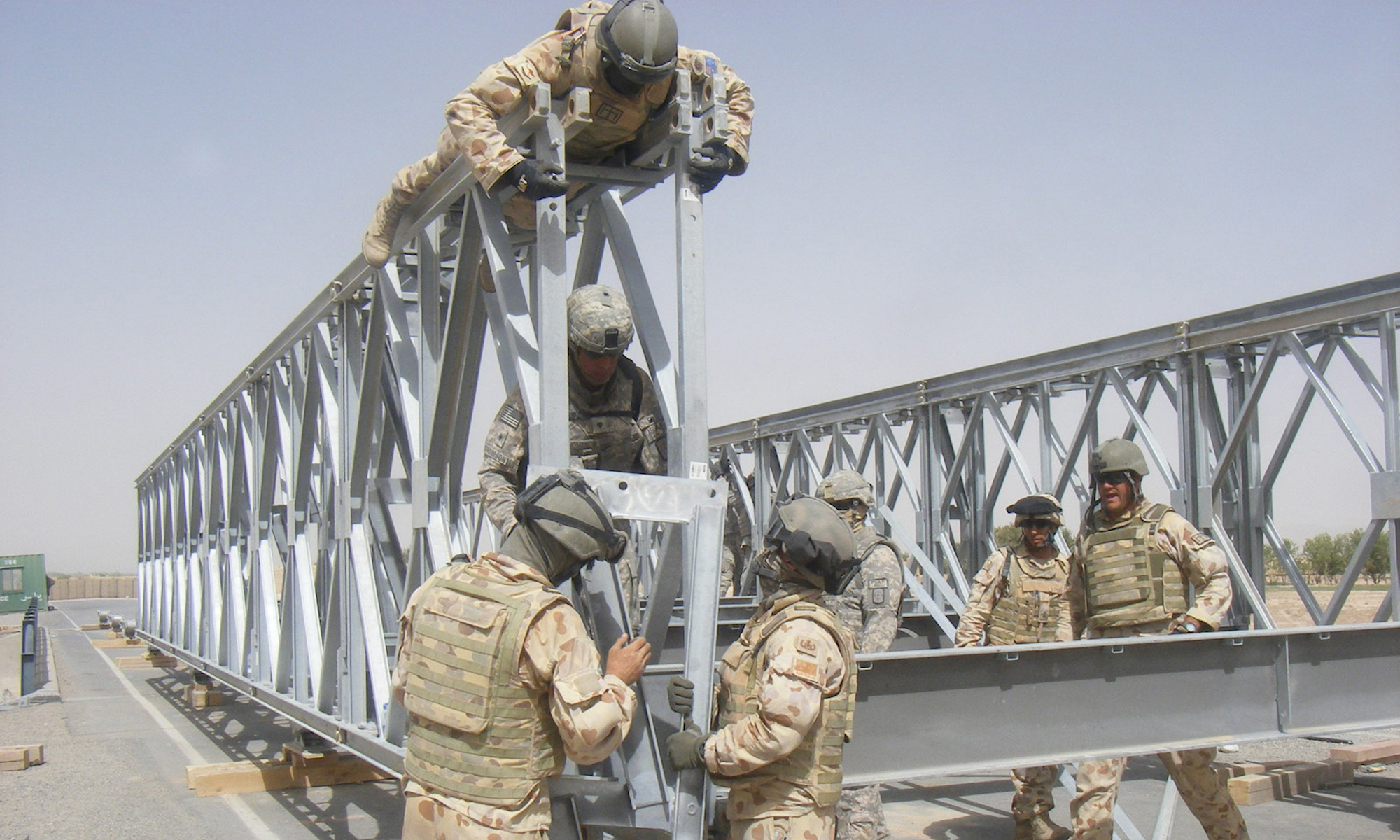Events in the Arab world have inspired hope around the world, but much could still go wrong. Elites, even where weakened, may be able to reinvent themselves.
Escaping Statebuilding: Resistance and Civil Society in the Democratic Republic of Congo
That statebuilding entails violence and dispossession, even in its contemporary form, is illustrated by the case of the Democratic Republic of Congo. The question this begs is not whether resistance exists but rather where and how it operates. Following James Scott, the article shows that resistance takes place as a quotidian strategy of mitigation, avoidance and escapism for which civil society acts as a platform. Highlighting civil society’s ambiguity and heterogeneity, the article conceives of it as a site of resistance and analyses three strategies that are channelled through it: the deployment of counter-discourses, the use of violence and the production of the social fabric.
Israel’s Pessimistic View of the Arab Spring
Sierra Leone: Disarmament, Demobilization and Reintegration (DDR)
This note describes the Disarmament and Demobilization (D&D) of combatants from all warring parties in January 2002, which marked the official end of the civil war in Sierra Leone. D&D was part of a larger disarmament, demobilization, and reintegration (DDR) program, implemented by the Government of Sierra Leone with the support of the World Bank, together with other international institutions and Nongovernmenal Organizations (NGOs). The experience of Sierra Leone is discussed, as well as, how the Bank can play a role in post-conflict transitions, complementing political and security efforts of client governments and the international community.
Civil Society and Peacebuilding Potential, Limitations and Critical Factors
This report develops and discusses a new analytical framework to understand the functions of civil society in peace building. In theory and practice, there is a wide variety of ways to categorize civil society contributions to development and peacebuilding. Donors tend to employ actor-oriented perspectives, focusing on supporting activities of different types of civil society organizations in a given situation. This report proposes to move toward a functional perspective, centered on the roles that different actors can play in conflict situations. The analysis shows that civil society can make numerous positive contributions and have unique potential to support peacebuilding and conflict mitigation. It can do so independently as actor in its own right, or in relation to peacebuilding processes and programs led by Governments or the international community. Despite many successful initiatives on the ground, however, civil society should not be considered a panacea. The existence of civil society per se cannot be equated with the existence of peacebuilding actors. Similarly, civil society strengthening and support does not automatically contribute to peacebuilding. While civil society organizations are frequently actors for peace, they equally have the potential to become actors of violence. So far, outcomes and impacts of different civil society peace interventions have not been sufficiently evaluated. Civil society and donors need to more strategically identify the objectives and demonstrate the relevance of the particular approaches they propose to engage in different phases of conflict/peacebuilding. Without greater clarity regarding objectives and intended impacts, and, without addressing existing institutional constraints and distortions, activities run the risk of being well-intentioned, but unlikely to achieve sustainable results.
